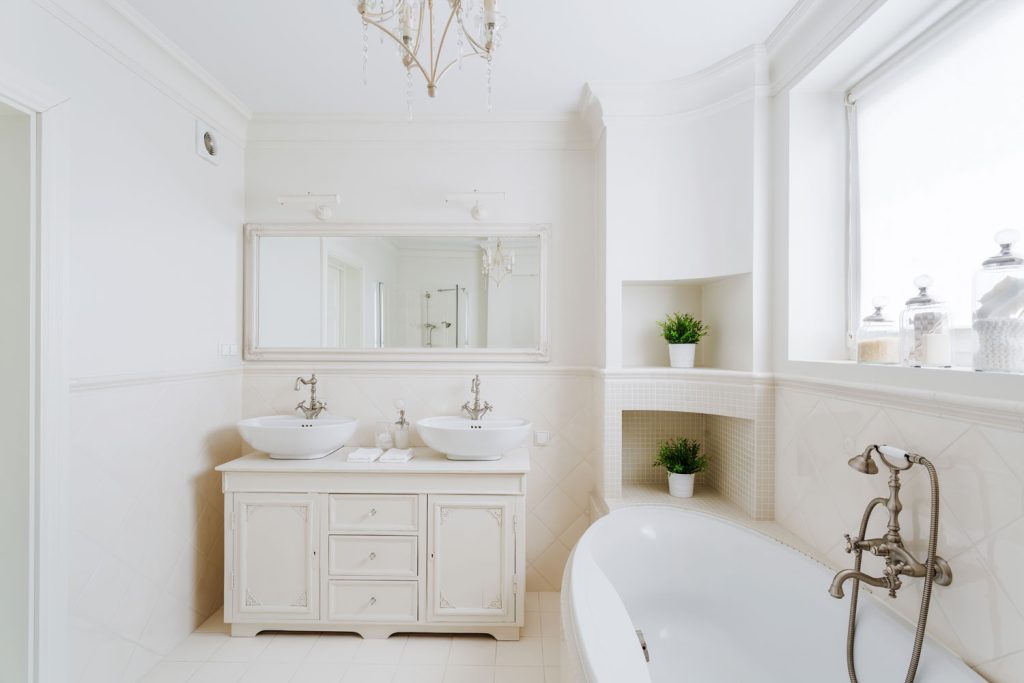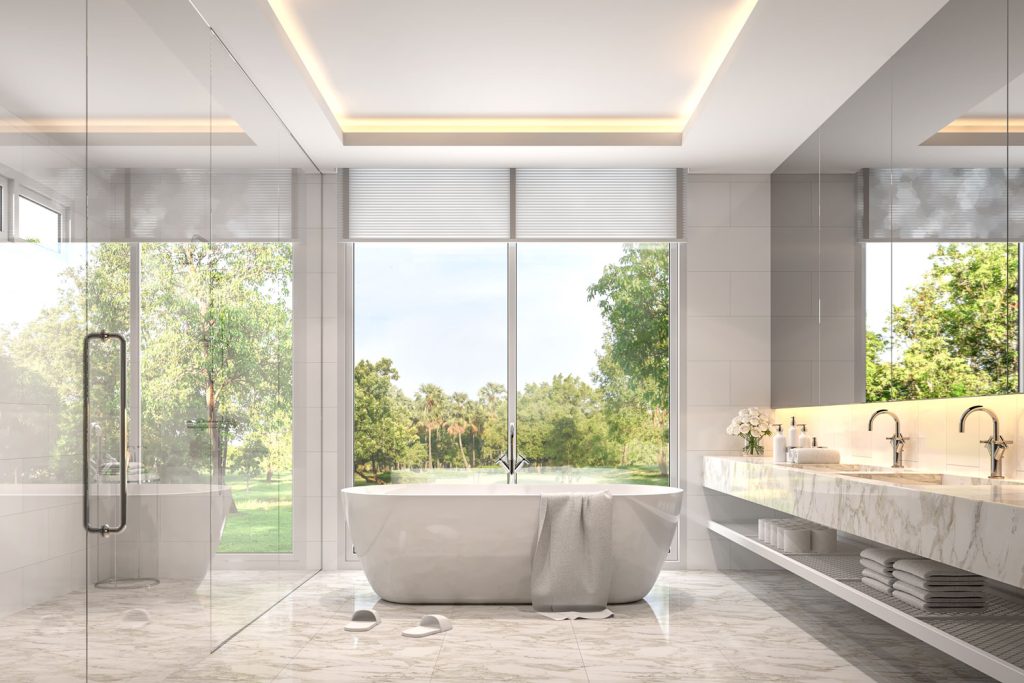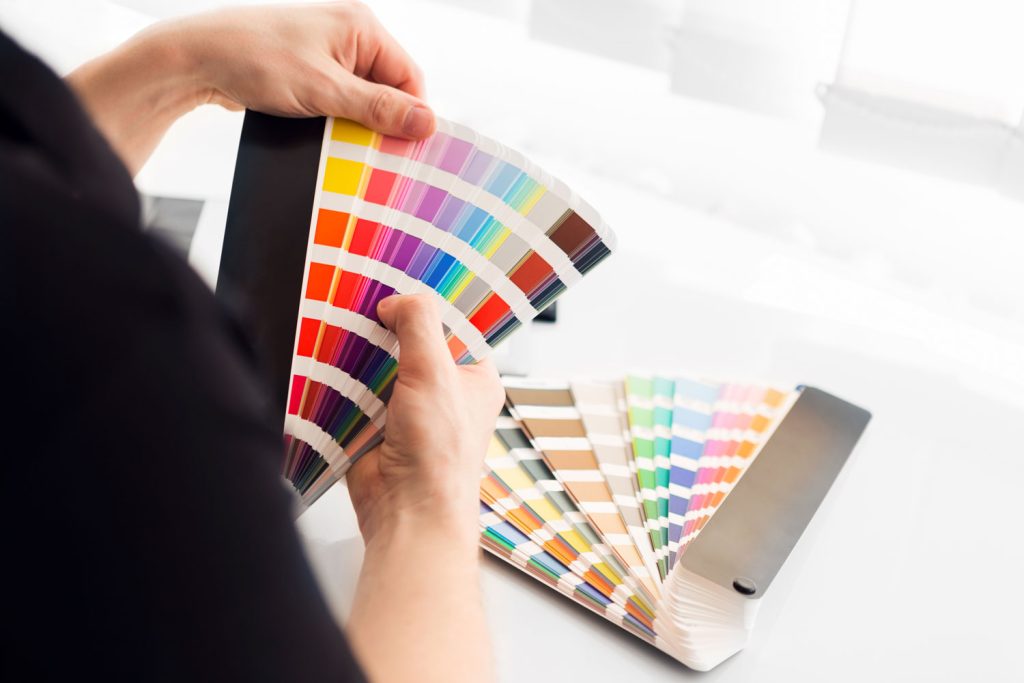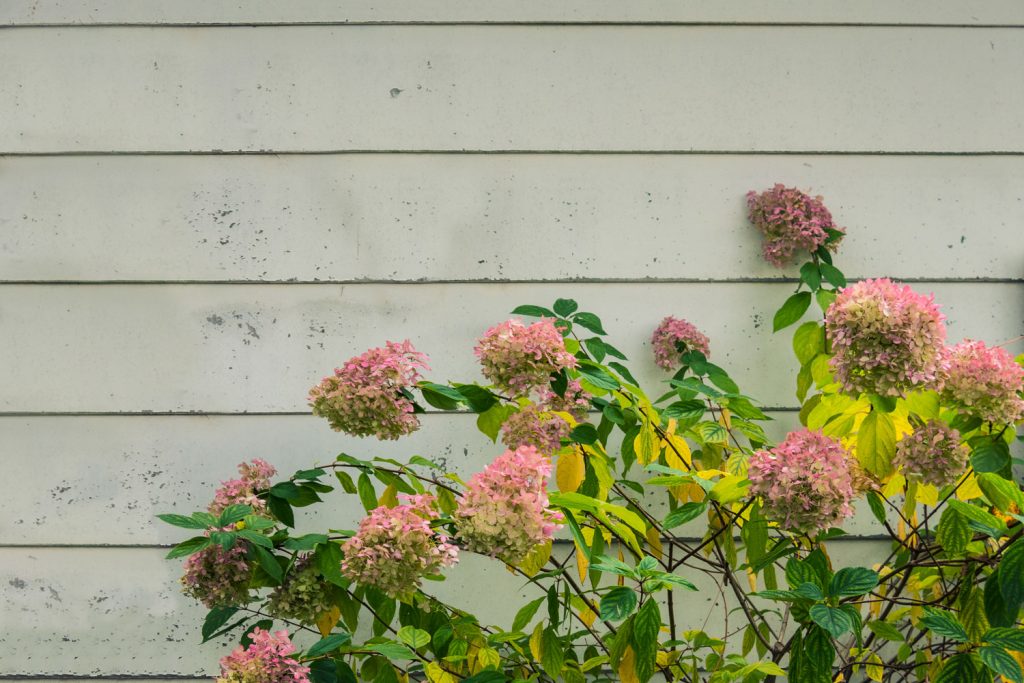Painting all of the walls in your home can be time consuming and even expensive, so it’s important to select the ideal color. However, paint can sometimes appear to be lighter or darker after you actually apply the color at home. So to help you navigate the painting process, we have carefully researched if paint looks lighter or darker on walls.
Paint can only appear to look lighter or darker after you apply it on your walls because of the paint finish, mixing process, lighting, and backdrop. The original appearance may be disrupted by artificial lighting, natural lighting, or the colors in your surrounding decor. However, correctly mixed paint should always match the paint color that you began with.
It can be frustrating to discover that your new wall colors don’t look the way you wanted them to when you bought them. Keep reading to learn how paint colors can seem different on a wall, if paint can darken over time, and if touch-up paint can dry to the same color. Without further ado, let's get into it.

Why does paint color look different when on a wall?
Paint colors can be a difficult thing to get right because several different culprits change the way it appears. This is mainly caused by the lighting of the room you use it in as well as the paint finish that reflects this light.
But you may also notice slight changes after mixing the paint, using it in rooms with different decor, or waiting for it to dry. Even the wear and tear from natural aging can eventually make the paint look darker or lighter.
Natural and Artificial Lighting

We sometimes add affiliate links and content that was curated and created by our team with the help of advanced ai tools to help showcase the best design styles.
Natural lighting can make drastic changes to a paint color. Fortunately, natural sunlight is also predictable. So, you can figure out what kind of lighting each room will have before selecting the paint color.
For example, bathrooms and kitchens often use more natural lighting than other rooms in the home. So on those walls, your paint color might be adjusted by the lighting outside.

Since natural lighting is determined by the sun’s position, rooms that face east and west will have different levels of light throughout the day. That can make your paint look different at any point between the morning and the evening.
The rooms that look north and south won’t actually change very much. But the temperature for each direction is decided by the hemisphere that you live in.
For the northern hemisphere, rooms that face south will appear brighter and golden. Rooms that look north will have a calm, blue tint. This can make the walls look brighter or darker.

Similarly, artificial lighting can add its own shades to your freshly painted walls. Some can be dimmed, but that doesn’t adjust their tone. Many lights will cast some kind of blue, white, or golden glow. This will alter how everything in the room looks.
You can read our post What Color Should I Paint A Room With A Lot Of Natural Light? to learn more about how to paint walls based on the lighting in the room.
Paint Finish and Gloss Level
A paint finish is often essential because it can provide protection against wear and tear or moisture. But using a finish that reflects too much light is one of the easiest ways to end up with paint colors that look different at home.
Home Depot explains that the balance of resin and pigmentation in your paint color will determine how much light it reflects.
Click here to find this matte white paint on Amazon.
Matte and flat paint finishes will be less shiny because they absorb light. As a result, the paint color with these will usually be adjusted the least. But a flat finish can sometimes make the paint appear a bit brighter.
Semi-gloss and high-gloss paint finishes will reflect a lot of light. So, the paint color is going to look a little darker than expected.
Mixing the Paint Incorrectly
This is a simple explanation for some paint colors that have gone awry. Because paint needs to be stirred before it’s applied, it can be easy to accidentally stir one bucket of paint more or less than another. This can change the color shading for each bucket of paint.
Unfortunately, you are very likely to require more than one bucket of paint to complete a room, let alone an entire home. So, it would be most ideal if you plan ahead.
Determine how many buckets of paint you will need, then stir them all together at the same time. This may sound troublesome, but it is more likely to create the most consistency in your paint color.
Click here to find these hardwood paint stirring sticks on Amazon.
Colors of the Decor
Having a different backdrop for your walls can absolutely change the way you perceive the paint color. If the decor is mostly made of dark colors, then light walls can appear even brighter.
Contrast is a common tool in interior design, and it can trick your eyes into seeing different shades of paint. In fact, that’s why white paint is so popular in new homes.
White walls are highly reflective, making them appear bigger and brighter. You can check out our post What Color Floors Go With White Walls if you've decided to paint your walls white.
But if you create a room with decor colors that agree with the walls, then it will soften the impact of the paint. This is another deliberate tool for interior design since all of your walls can become overwhelming without balance.
Does paint go on darker or lighter than the sample?

Most common paints like oil or latex are going to look darker as they dry. That’s because when you first apply the paint, it’s going to look wet.
As the paint dries and cures, the solvent should slowly disappear. This results in the final, true color, which should match the color sample that you decided on beforehand.
You should also consider the lighting you were in when you first looked at the color sample. The swatch might appear differently based on the store’s lighting compared to your own.
How long until paint dries to true color?
Generally speaking, paint is considered to reach its full, true color once it has dried long enough for most of the solvent to evaporate.
Paint needs to fully dry before you can add another coat of paint. This is so that adding another coat of paint will produce an even color. At this time, the paint has also successfully dried enough for it to feel hard to the touch.
The amount of time for paint to dry or cure will vary based on the manufacturer and paint base. For example, oil-based paint will take longer to dry—usually around six to eight hours. But it can fully cure within a week.
Meanwhile, traditional latex paint can be completely dry in just one to four hours. Unfortunately, it can take as long as a couple of weeks for the paint to cure and reach maximum hardness.
Will touch-up paint dry the same color?
The entire point of touch-up paint is to make sure it blends in completely, but it won’t always dry the same color. And using the same paint that you started with years ago may not work either since it can lose its moisture and dry out in storage.
Ideally, any new touch-up paint should be from the same brand and include the same kind of finish. However, you should also take the environment into consideration.
Professionals advise that a coat of touch-up paint will appear lighter if you apply it when the temperature is cooler than the original conditions. The touch-up can also look darker if the temperature is hotter than when you first painted the walls.
As such, it’s best to be consistent about when you paint your walls. This way, you can be sure any touch-up paint in the future will match.
Click here to see this touch-up paint pen on Amazon.
Does paint get darker over time?

Age is another way for paint to appear different. Over time, your paint might sometimes look darker if enough dust and dirt are allowed to fester.
Further, sunlight will frequently make paint fade. Areas with faded paint can make the rest of the walls look darker by comparison.
And if you have entire rooms that are subjected to more natural lighting every day, then the paint can eventually look different compared to the rooms without sunlight.
In Closing

Although it is rare for paint colors to actually change, it is surprising how many circumstances can still make them appear very different on the walls.
Lighting, finishes, mixing, and decor can all adjust the way your paint appears. Now that you understand these relationships, you can successfully plan ahead and paint the perfect home.



